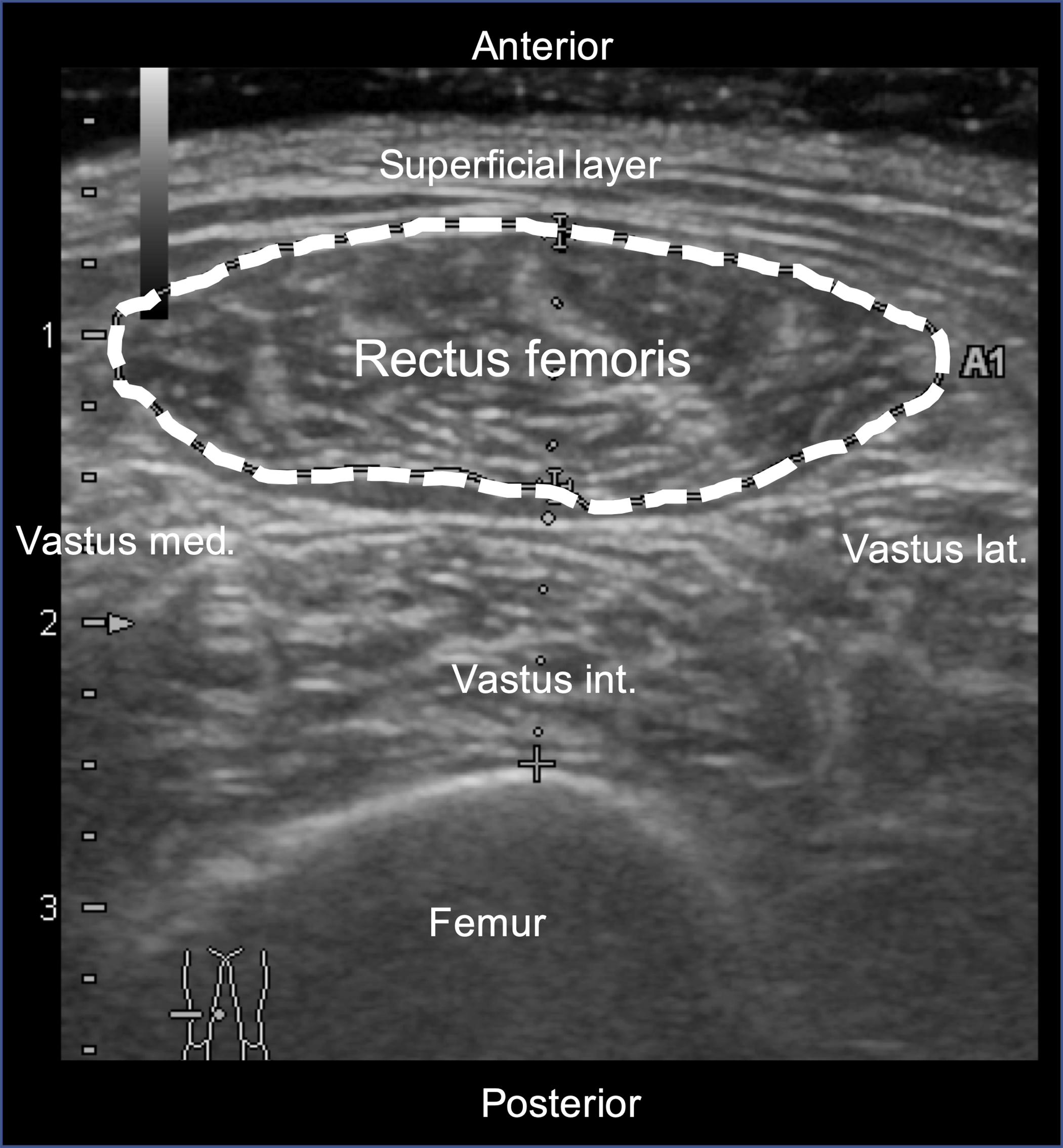Dr. Matt Schmitz, JBJS Deputy Editor for Social Media, discusses a new Level I study on essential amino acid supplementation in the perioperative period in patients undergoing total knee arthroplasty.
“Surgical optimization” is a term that is commonly used in orthopaedics, supported by the belief that optimizing a patient’s health and risk factors prior to surgery may help with postoperative recovery. Multidisciplinary approaches are required to help manage comorbidities, improve nutrition, and maximize strength and function prior to and during the surgical period.
In the March 1, 2023 issue of JBJS, Ueyama et al. look at the role of a nutritional intervention in quadriceps muscle strength and recovery after total knee arthroplasty (TKA). Specifically, they performed a blinded, randomized controlled trial to see whether essential amino acid (EAA) supplementation had a favorable effect on the recovery of lower-limb muscle volume and strength in the 2 years after TKA.
In this study from Japan, 60 patients were prospectively enrolled in 2 groups (30 patients each). From 1 week prior to TKA to 2 weeks postoperatively, the patients received either EAA supplementation or placebo (lactose powder) 3 times daily after every meal. After excluding those lost to follow-up, 26 patients in each group were available for analysis.
A single surgeon performed the surgery with the same routine. Baseline measurements were obtained 1 month prior to surgery, and outcomes were assessed at baseline and then at 1, 2, 3, and 4 weeks, 6 months, and 1 and 2 years postoperatively. All patients were hospitalized for 4 weeks postoperatively to ensure compliance with nutritional management. The authors studied rectus femoris muscle area (via ultrasound) along with quadriceps muscle strength, diameter of the muscle, knee pain, 6-meter walk time, grip strength, range of motion, Knee Society Score 2011 (KSS 2011) subjective scores, and radiographic alignment.
Study Findings
Absolute values of the outcomes did not differ between the 2 groups at baseline, 6 months, 1 year, or 2 years postoperatively. However, when looking at relative changes (compared to baseline), the rectus femoris muscle area was significantly greater in the EAA group compared to the placebo group at 1 year (p = 0.02) and 2 years (p = 0.01). In addition, while not significantly different at 1 year, the relative change in quadriceps muscle strength at 2 years was significantly greater for EAA vs. placebo (p = 0.02). Moreover, the relative change in the rectus femoris diameter was greater in the EAA group compared to placebo at 1 year (p = 0.009) and at 2 years (p = 0.009). Other functional and patient-reported outcomes did not differ significantly between the groups.
Multivariate analysis showed that EAA supplementation was predictive of rectus femoris muscle area recovery at 2 years postoperatively, as was younger age and male sex.
This was a well-performed study. By hospitalizing the patients for 4 weeks perioperatively to ensure nutritional management, the authors did an outstanding job of trying to eliminate variability. Using a single surgeon with a standard technique and standardized postoperative rehabilitation reduces the potential for bias.
The authors found that improvements in rectus femoris area and quadriceps strength were greater at 2 years in patients who had received perioperative EAA supplementation. However, in this small series of patients, patient-reported outcomes did not differ between those with and without supplementation. It would be helpful to explore this question further in larger trials, to see whether “function follows form,” meaning: is an increase in volume and strength (form) with EAA supplementation associated with improved patient-reported outcomes (function)?
Read the full study at JBJS.org:
Additional perspective on this study is provided in a commentary by Gregory J. Golladay, MD:
Nutritional Optimization with Amino Acid Supplementation Aids Recovery After Total Knee Arthroplasty
JBJS Deputy Editor for Social Media




